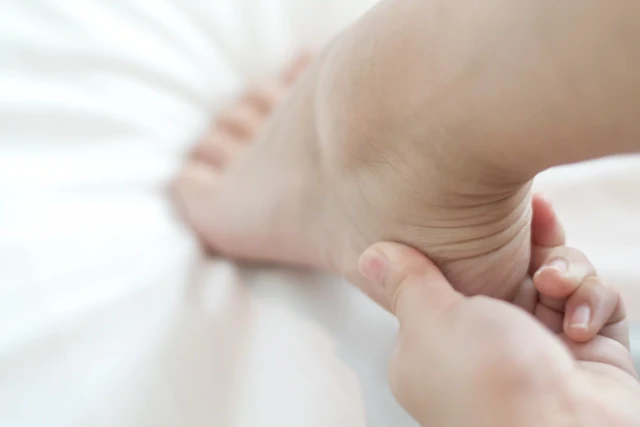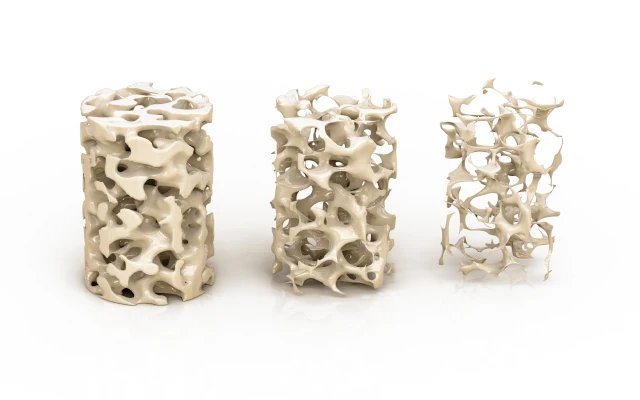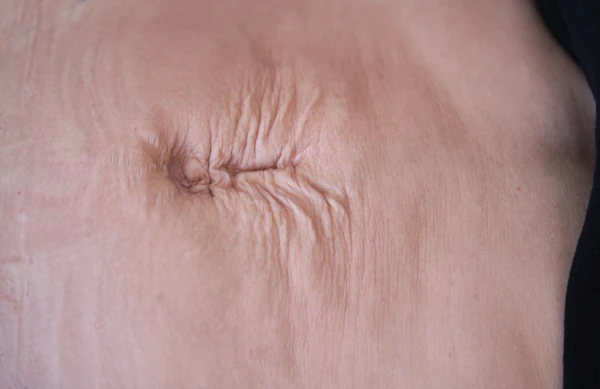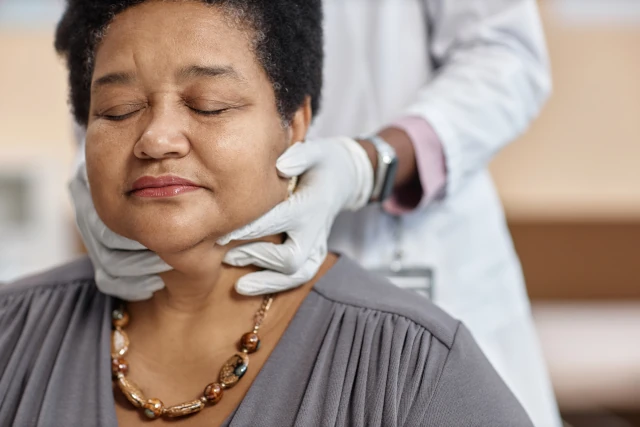
Understanding Calcaneal Spur: Causes, Symptoms, and Effective Physiotherapy Treatments
- Dr. Deepika Rai (MPT)
Connect with our expert physiotherapist for personalized physiotherapy advice.
A calcaneal spur, often referred to as a heel spur, is a bony outgrowth that forms on the underside of the heel bone (calcaneus). It can cause significant discomfort, particularly during activities like walking or standing for long periods. In this blog, we will explore what a calcaneal spur is, its causes, symptoms, and how physiotherapy can provide effective relief.
What is a Calcaneal Spur?
A calcaneal spur is a calcium deposit that builds up over time on the heel bone. It is commonly associated with plantar fasciitis, a condition where the ligament that runs along the bottom of the foot becomes inflamed. This growth typically forms due to repetitive stress on the foot muscles and ligaments, and over time, the spur can irritate surrounding soft tissues, leading to pain and discomfort.
Causes and Risk Factors of Calcaneal Spur
Calcaneal spurs develop over time due to excessive strain on the foot, but there are several specific risk factors, including:
- Repetitive Stress:
Activities such as running, jumping, or even walking on hard surfaces for extended periods can cause stress on the heel bone, leading to spur formation.
- Obesity:
Carrying excess weight puts added pressure on the heels, increasing the likelihood of spurs.
- Poor Footwear:
Wearing shoes without proper support, especially those with inadequate arch support or cushioning, can contribute to calcaneal spur development.
- Age:
As we age, the elasticity in our tendons and ligaments reduces, making us more susceptible to issues like heel spurs.
- Foot Structure:
People with flat feet or high arches are at a higher risk of developing heel spurs.
- Plantar Fasciitis:
The chronic inflammation of the plantar fascia ligament often coincides with the development of heel spurs.
Symptoms of Calcaneal Spur
Not all calcaneal spurs cause symptoms, but when they do, common signs include:
- Sharp Pain:
A stabbing pain in the heel, especially after periods of inactivity such as getting out of bed in the morning.
- Chronic Heel Pain:
Persistent pain that worsens after prolonged walking or standing.
- Inflammation:
Swelling or redness around the heel.
- Tenderness:
The heel may be tender to touch, particularly in the area where the spur has formed.
Diagnosis
To diagnose a calcaneal spur, a healthcare professional will typically perform a physical examination of the foot, looking for signs of tenderness or inflammation. An X-ray may be recommended to confirm the presence of a bony outgrowth and to rule out other conditions like fractures or arthritis.
Treatment Options for Calcaneal Spur
Several treatment options are available for calcaneal spur, ranging from conservative management to more invasive procedures, depending on the severity of the symptoms.
- Rest and Ice Therapy:
Reducing physical activity and applying ice packs to the affected area can help alleviate pain and inflammation.
- Medications:
Nonsteroidal anti-inflammatory drugs (NSAIDs) such as ibuprofen can be used to reduce pain and inflammation.
- Orthotics:
Custom shoe inserts or heel pads provide cushioning and support to reduce pressure on the heel.
- Stretching Exercises:
Stretching the calf muscles and plantar fascia helps relieve tension and can prevent further damage.
- Physiotherapy:
A structured physiotherapy program focuses on strengthening the muscles around the heel and improving overall foot biomechanics to reduce strain on the heel bone.
Physiotherapy for Calcaneal Spur
Physiotherapy plays a crucial role in managing calcaneal spur pain and preventing its recurrence. A skilled physiotherapist will design a personalized treatment plan based on the severity of your symptoms and underlying causes.
- Stretching and Strengthening Exercises
Regular stretching exercises, especially for the Achilles tendon and plantar fascia, help reduce the tension that contributes to spur formation. Strengthening exercises for the foot, ankle, and calf muscles are essential for improving balance and reducing heel stress.
- Manual Therapy
Physiotherapists use techniques like deep tissue massage, joint mobilization, and soft tissue manipulation to alleviate muscle tightness and promote healing.
- Gait Training
Improving walking posture and correcting foot alignment are essential parts of physiotherapy. Gait training helps reduce pressure on the heel and distribute weight evenly across the foot.
- Stretching Exercises:
Stretching the calf muscles and plantar fascia helps relieve tension and can prevent further damage.
- Taping Techniques
Kinesiology taping provides support to the arch of the foot and reduces tension on the plantar fascia and heel bone.
Surgical Options
In severe cases where conservative treatment fails to alleviate pain, surgery may be considered. This involves removing the calcaneal spur and repairing any damage to surrounding tissues. However, surgery is typically the last resort and is only considered after a lengthy period of conservative management.
Prevention of Calcaneal Spur
To reduce the risk of developing calcaneal spurs, consider the following preventative measures:
- Wear Proper Footwear:
Invest in supportive shoes with good arch support and cushioning to reduce stress on your heels.
- Maintain a Healthy Weight:
Keeping your body weight in check reduces the pressure on your feet.
- Stretch Regularly:
Incorporate stretching exercises into your daily routine, especially if you’re involved in activities like running or standing for long periods.
- Use Orthotics:
Custom orthotics can provide support and help distribute pressure evenly across your feet.
Conclusion
While calcaneal spurs can be painful, effective treatment options such as physiotherapy can significantly reduce discomfort and improve quality of life. If you experience persistent heel pain, consult a healthcare professional for a comprehensive evaluation and tailored treatment plan. Regular stretching, proper footwear, and maintaining a healthy weight are essential steps in preventing calcaneal spur formation.
Connect with our expert physiotherapist for personalized physiotherapy advice.



